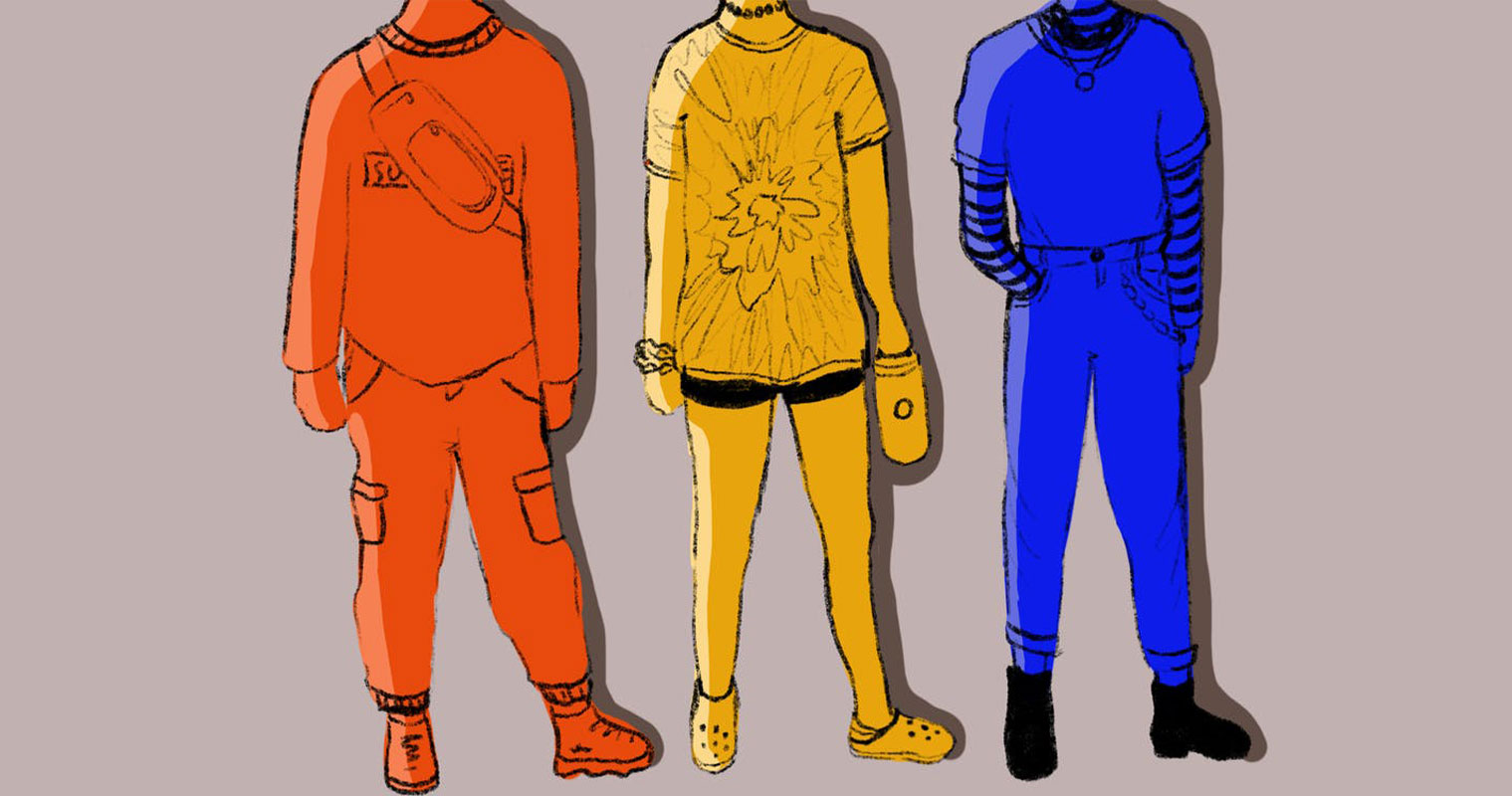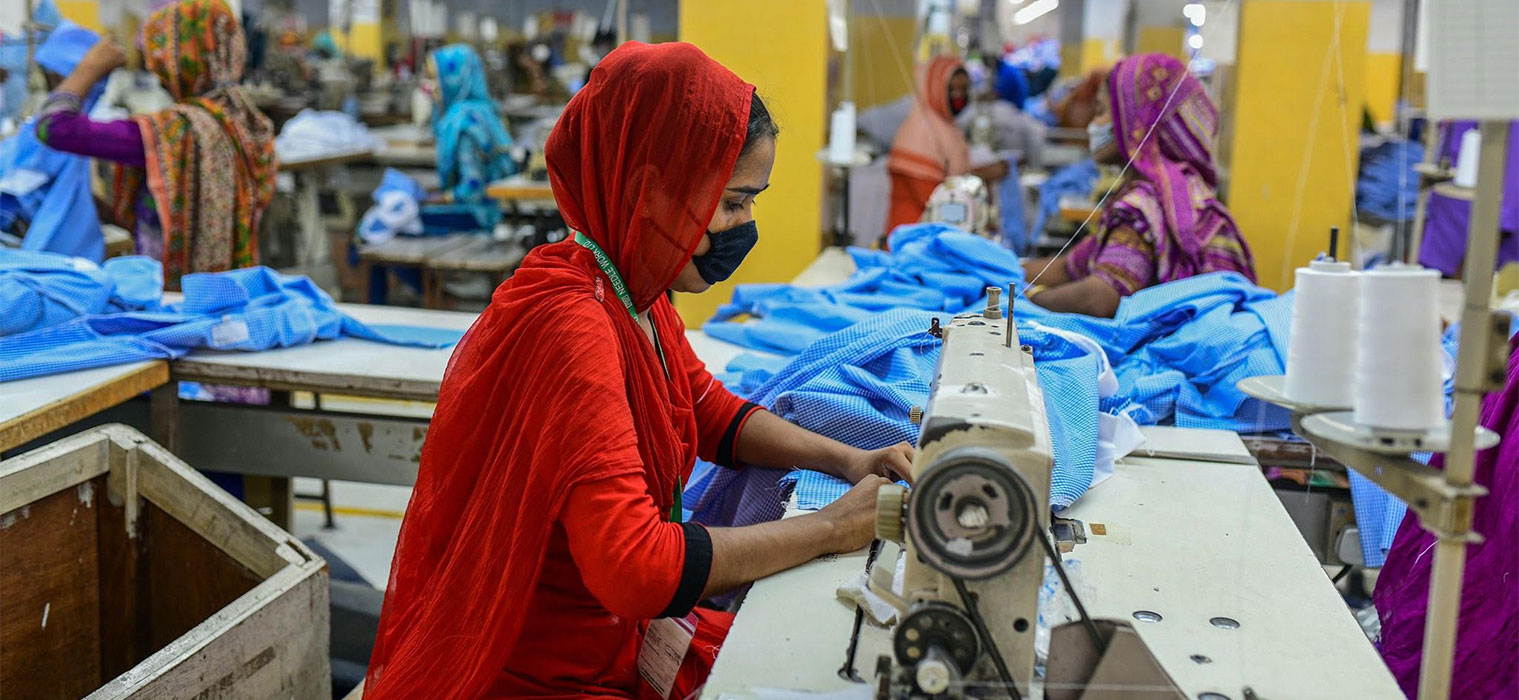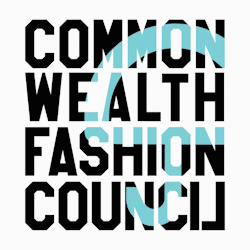Embracing Different Socioeconomic
Backgrounds in Fashion
By Alanna Fairey
Commonwealth Fashion Content Editor
Fashion has long had a reputation of elitism and classism, which has created a disconnect with the working class.
According to the 2011 Census from the UK Government website, people from the White ethnic group made up a lower share of those classed as ‘never worked and long-term unemployed’ (at 71.1%) than their share of the general population (86.0%)
According to more recent research and data, a mere 27% of the creative industries workforce comes from a working-class background, compared with 39% of the wider UK workforce.
With few opportunities for creatives from a lower socioeconomic background to gain access to the fashion industry, the Social Mobility Commission in partnership with businesses across the creative industries, has released a new toolkit that aims to widen access to creative industries for people from working class backgrounds.

The Socio-economic
Diversity and Inclusion
The Socio-economic Diversity and Inclusion: toolkit for the creative industries offers support and guidance to creative employers on how to identify and remove invisible barriers that arise at every stage of the employee journey.
“If creativity is to shape a better future for all, then it has to reflect the diversity and breadth of experience found across the country,” Caroline Norbury, CEO, Creative Industries Federation, said in a prepared statement. “Ensuring opportunities exist for creative individuals to thrive, no matter their background, is an important step towards achieving this. The Social Mobility Commission’s toolkit is a critical resource for addressing the unacceptable imbalance of socio-economic backgrounds found in the UK’s creative industries.”
The toolkit –– which was released back in September 2021 –– offers insights on how creative industries, like those in the fashion sector, can encourage inclusion, increase staff socioeconomic diversity, and ensure talented and skilled job seekers from less privileged backgrounds are not disregarded.
The organizations who have contributed or endorsed the toolkit include: The BBC, BFI, UK Screen Alliance, Youth Music British Fashion Council, Museums Association, British Institute of Interior Design and the Publishers Association.

The Toolkit
The creation of this toolkit has been applauded by key figures in the fashion. Industry. This includes Farrah Storr, Social Mobility Commissioner and Editor-in-Chief, Elle UK, who believes that in order for the entirety of the creative sector to remain effervescent, the fashion industry must recognize the full potential of the population, not just those who come from a place of privilege.
“It’s been great to see so many within the industry collaborate on the development of this toolkit,” Storr said in a prepared statement.
Adds Storr: “The creative industries create the culture of the nation, which in turn necessitates full participation from the entire nation. As organisations adopt the actions set out within this toolkit to make socio-economic inclusion a reality, we will become an industry that is both rich in diverse viewpoints, experiences and stories as well as an industry that is built to last.”
With the emergence of the toolkit and a number of other mentorship and scholarship programs, this is clear: the fashion industry will greatly benefit by embracing creatives from all socioeconomic backgrounds.

